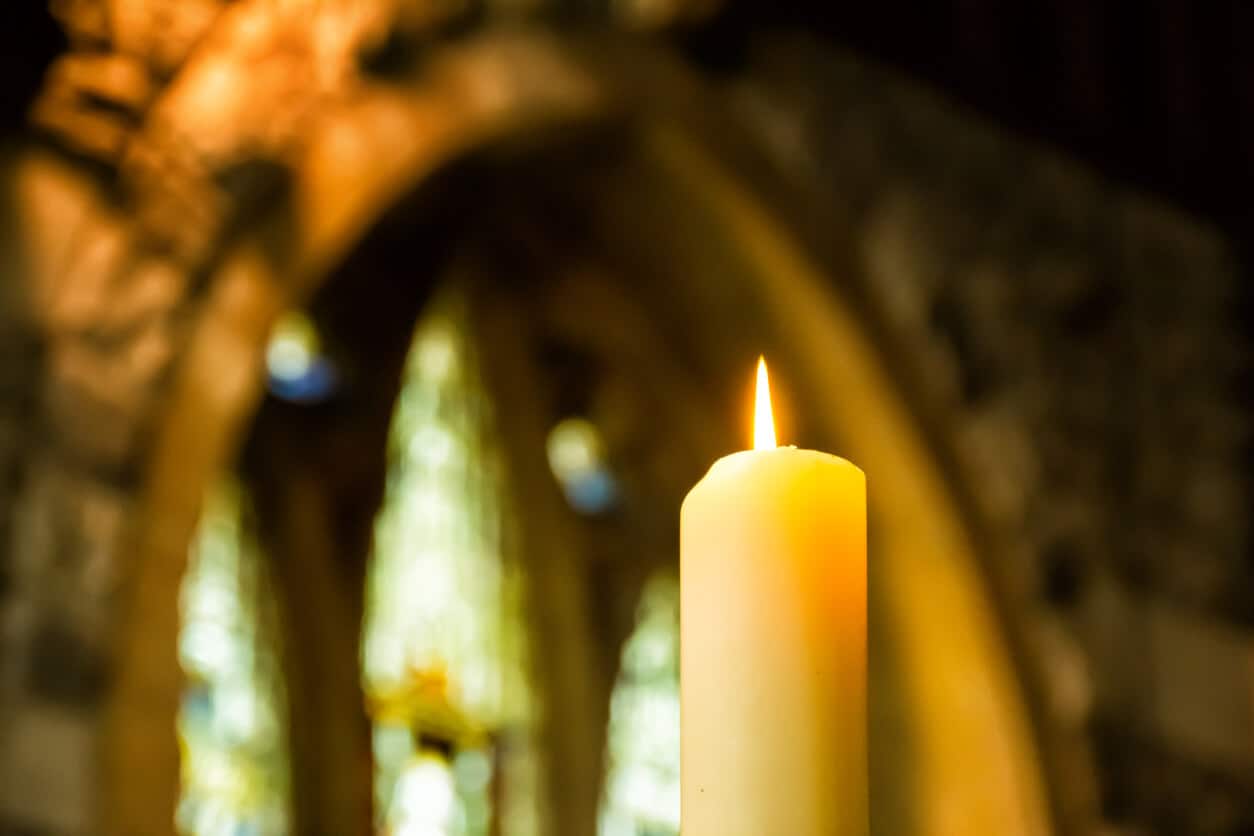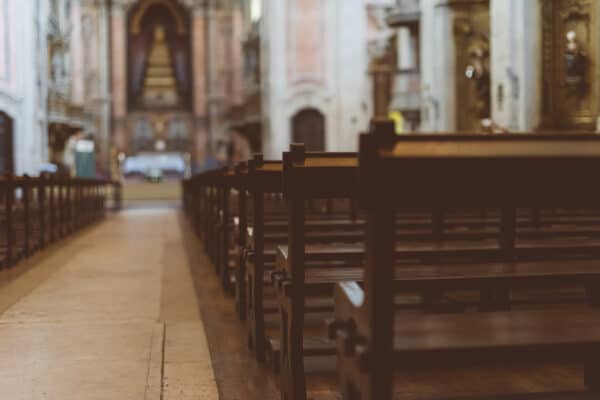The Vatican released a statement regarding Catholic cremation in 2016. We encourage you to read the entire document from the Vatican’s Holy Office about Catholic funeral practices.
We will provide direct quotes from the statement from the Vatican to help you understand the Catholic guidelines regarding cremation. Then, we will give you practical advice on ensuring your end-of-life wishes are followed.
Table of Contents
What are the Catholic cremation rules?
Here is a key passage from the document that may help you understand Catholic faith and cremation: “The Church continues to prefer the practice of burying the bodies of the deceased, because this shows a greater esteem towards the deceased.
Nevertheless, cremation is not prohibited, ‘unless it was chosen for reasons contrary to Christian doctrine’.” The document further states that cremation may be chosen because of “sanitary, economic, or social considerations.”
Where do Catholics put cremated remains?
While the Catholic Church allows cremation for “legitimate motives,” the “ashes of the faithful must be laid to rest in a sacred place.” The document describes such places as a Catholic cemetery, church, or an area set aside for this purpose by a “competent ecclesial authority.”
One of the reasons for keeping cremated remains in a sacred location is that this ensures that the deceased will continue to be prayed for, even after subsequent generations have passed away.
Is scattering cremated remains allowed by the Catholic Church?
Scattering cremated remains is not allowed by the Catholic church. Here are some other practices that the church does NOT permit:
- Scattering in the air, on land, or at sea
- Keeping the ashes at home
- Dividing cremated remains among family members
- Preserving ashes in mementos or jewelry
How does cremation affect the Catholic funeral rites?
According to the United States Conference of Catholic Bishops, the Church prefers that the deceased’s body be present for the funeral rites. To be clear, the Catholic Church prefers that the cremation occur after the visitation at a funeral home and the Funeral Mass. This allows for the appropriate reverence for the sacredness of the human body.
However, the diocesan bishop permits the presence of cremated remains at a Funeral Mass. The Catholic funeral liturgy is slightly different if the body is cremated before the service. There are adapted texts for the Sprinkling with Holy Water, the Dismissal for use at the Funeral Mass (or the Funeral Liturgy outside Mass), and the Committal of Cremated Remains.
How does cremation affect the afterlife and the resurrection of the body?
The church allows for cremation because it does not affect one’s soul. Cremation does not prevent God “from raising up the deceased body to new life.”
How can you make sure your final wishes are followed?
No matter your faith, you can ensure that your final wishes are followed by planning for your cremation. The church requires Catholic families never to “violate the explicitly stated or the reasonably inferable wishes of the deceased faithful.”
However, the document also states that if the deceased requested the scattering of their ashes for reasons contrary to the Christian faith, a “Christian funeral must be denied to that person according to the norms of the law.”
Talk with your parish priest to understand more about Christian teaching regarding cremation and funeral services. If you choose cremation, reach out to the Philadelphia Cremation Society. We offer low-cost cremation services in Pennsylvania and Southern New Jersey.
Key Takeaways About the Catholic Teachings Regarding Cremation
- Read the entire document from the Vatican to understand the Catholic teaching regarding cremation.
- In short, Catholic cremation is permitted as long as it is done for appropriate reasons.
- The cremated body must be placed in a Catholic cemetery or another consecrated place.
- To ensure your wishes are followed, purchase a pre-plan with a cremation provider in your area.






